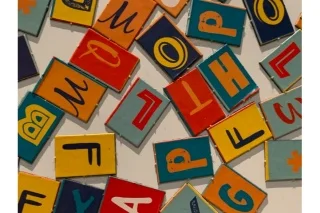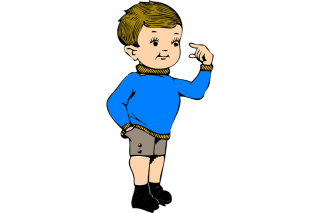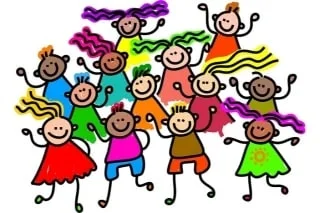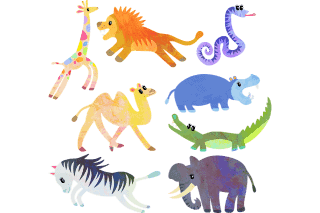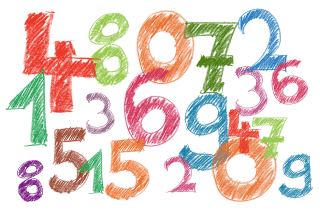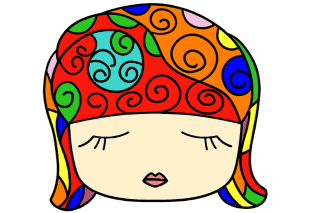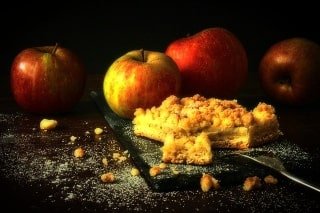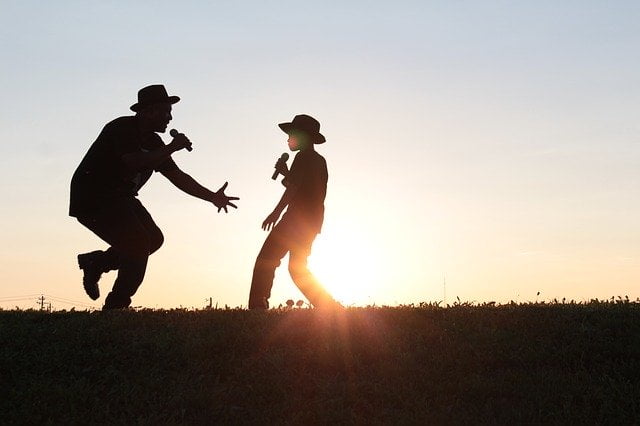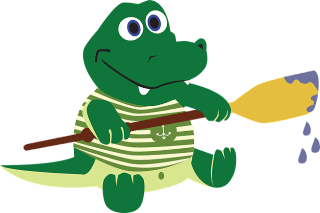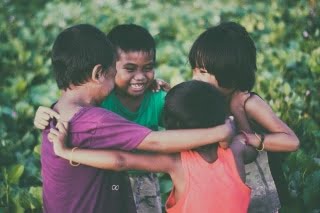
Animal Rhymes
Here is the best collection of some very popular modern and traditional animal rhymes that feature different animals, their characteristics, and behaviors. They are designed to capture the imagination of young children and provide a rich learning experience that is both enjoyable and educational.
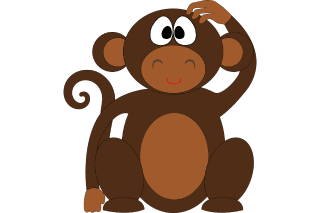
Five Little Monkeys
It is a popular nursery animal rhymes and finger play in which each verse being represented by an action. It is usually accompanied by a sequence of gestures that mimic the words of the song. Each successive verse sequentially counts down from the starting number. Children simply love it!

Baby Shark
The song proved to be very popular with kids and today’s it is one of the most requested songs by many children.
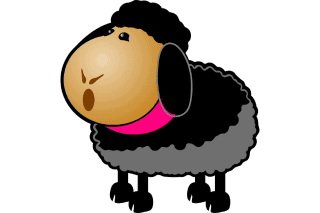
Baa Baa Black Sheep
Although in the past the “Baa-Baa Black Sheep” animal rhymes was related to the Middle’s Ages wool industry and festivity, today its purpose is more an educational one, the children being able not only to learn about life in the countryside but also to imitate the sound made by sheep.
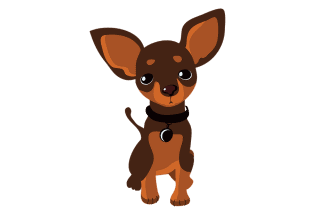
Bingo
The children simply love this song about the dog called Bingo. There are probably a lot of dogs out there who are named Bingo because of this song. This nursery rhyme is great for learning spelling.
Animal rhymes also play an important role in enhancing children’s literacy skills. When children recite rhymes, they learn new words and phrases, which expands their vocabulary and strengthens their language skills. Rhymes also improve children’s comprehension skills as they try to understand the meaning of each verse and make connections between different parts of the poem. Through repetition and memorization, children can internalize the rhymes and use them in their own writing and speaking.
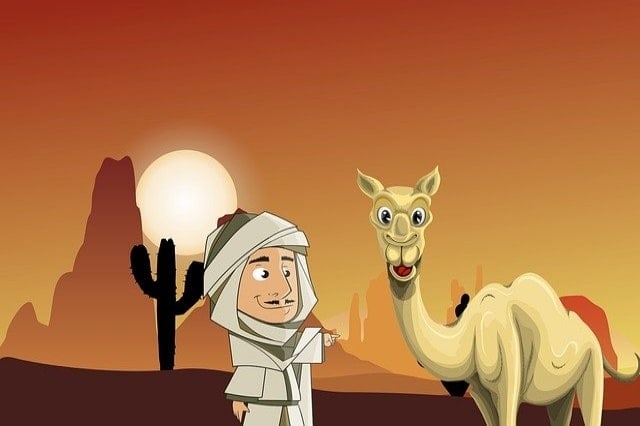
Alice the Camel
"Alice the Camel" or "Sally the Camel" is a traditional nursery animal rhymes that teaches kids to number count down. Many parents and grandparents can remember this lovely rhyme from their own childhood time.
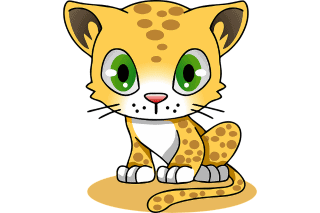
Ding Dong Bell
It is a popular nursery rhyme with an educational theme against animal cruelty. Be aware that the Ding Dong Bell lyrics can be a little scary to many children, so explain to the kids that they never must do such things to animals in real life.
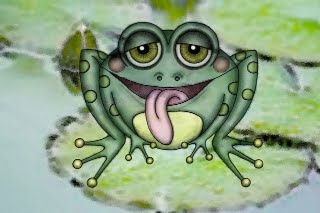
Five little speckled frogs
It is a great numbers song for introducing subtraction as the five little frogs jump into the water one by one. It is a very entertaining song for the kids and it is sometimes used in conjunction with swimming lessons.
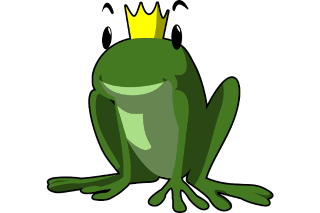
Frog Went A Courtin
It is a very old traditional folk song from Scotland where Frog rides to ask Miss Mouse to marry him. She is willing but must ask permission of Uncle Rat.

Hickory Dickory Dock
The rhyme is thought to have been based on the astronomical clock at Exeter Cathedral. The clock has a small hole in the door below the face for the resident cat to hunt mice. This is an elementary tool to help teaching children the time.
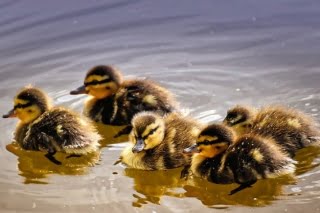
Five Little Ducks
Learning and saying this rhyme together can help your child learn skills which will support their development and growth in many areas. It is a fun way to introduce counting and patterns.
Apart from developing language and literacy skills, these rhymes on animals also play a significant role in promoting social and emotional development in children. As children recite and sing rhymes, they develop confidence in their abilities to communicate and express themselves. This confidence helps them to form positive relationships with their peers and adults, which fosters their social-emotional growth. Animals rhyme also provide an opportunity for children to explore their emotions, learn empathy, and develop a sense of humor.
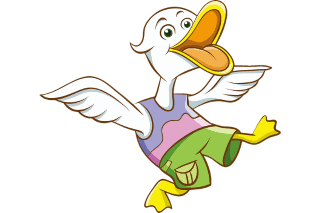
Goosey Goosey Gander
is a well known traditional rhyme dating back to the late 18th century, still in circulation although perhaps losing some favors.
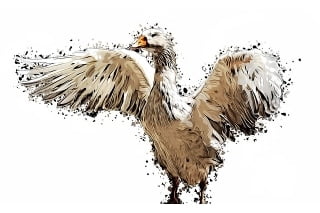
Cackle, cackle, Mother Goose
The old nursery rhyme 'Cackle, cackle, Mother Goose' clearly describes to a child the various usages that a goose has to offer..
In addition to their educational and developmental benefits, rhymes on animals are also great fun for children. They provide a source of entertainment and encourage children to engage in imaginative play. Children can act out the rhymes, make up their own versions, and create their own stories based on the animals featured in the poems. This helps to develop their creativity, imagination, and problem-solving skills.
In conclusion, animal rhymes are an essential part of early childhood education. They play a vital role in promoting language development, literacy, social-emotional growth, and imaginative play.
Frequently asked questions (FAQ's) based on 'Animal Rhymes'
Answer : The rhymes on animals attracts young children very much because the children grow up by looking at the animals around them, due to which a curiosity arises in their mind towards the animals and when the animal rhymes are narrated to the children, these animal rhymes bring happiness to their faces by resolving their curiosity, so the children never forget these songs and thus these songs become a very important part of the children’s lives.
Answer : They attract children very much because children have a lot of interest in animals such as pets are also brought up in many people’s houses and that animal has created a special place in their hearts. When children hear the animal rhymes in such houses, then they are naturally attracted to those songs.
Answer : Rhymes of animals make children aware of various types of animal livestock habits, such as how live animals make sounds, what kind of way animals live, what is the way animals live, what is the most favorite to eat live animals. There are many types of animals where and where they are found, many such questions which have made a place in their mind, the answer is very easily found in the animal rhymes, which they are very happy to find.
Answer : Animal rhymes removes the fear of the children towards the live animals, because these animal rhymes introduces them to their small habits, voices, and living habits, so that the children begin to understand their different habits when they live among them and The fear of live animals emanates from them.
Answer : Including a variety of different animals in a collection of animal rhymes can help expose children to different types of animals and their characteristics. It can also help them develop a greater appreciation for the natural world and foster their curiosity and imagination.
Answer : Reciting rhymes on animals can help children develop confidence in their abilities to communicate and express themselves on related discussions, which fosters their social-emotional growth. They can also provide an opportunity for children to explore their emotions, learn empathy, and develop a sense of humor.
Answer : Animal rhymes can be used to promote creativity and imaginative play by encouraging children to act out the rhymes, make up their own versions, and create their own stories based on the animals featured in the poems. This helps to develop their creativity, imagination, and problem-solving skills.
Related links
Categories
Other popular rhymes
Other related keywords and search's
- animal rhymes lyrics
- farm animal rhymes
- funny animal rhymes
- animal nursery rhymes lyrics
- pet animals rhymes
- wild animals rhymes lyrics
- rhymes on animals in english
- animal poem in english
- nursery rhymes in english on animals lyrics
- animal rhyming poems
- nursery rhymes about zoo animals
- animal rhymes with zoo
- animal rhymes for nursery
- nursery rhymes lyrics animal fair
- animal rhymes in english lyrics
- nursery rhymes on wild animals lyrics
- best animal rhymes in english
- animal rhymes in english for kids
- animal rhymes in english for nursery
- animal rhymes in english for class
- popular animal rhymes in english
- best animal rhymes in english
- easy animal rhymes in english
- short animal rhymes in english
- animal rhymes in english language
- animal rhymes in english for toddlers

